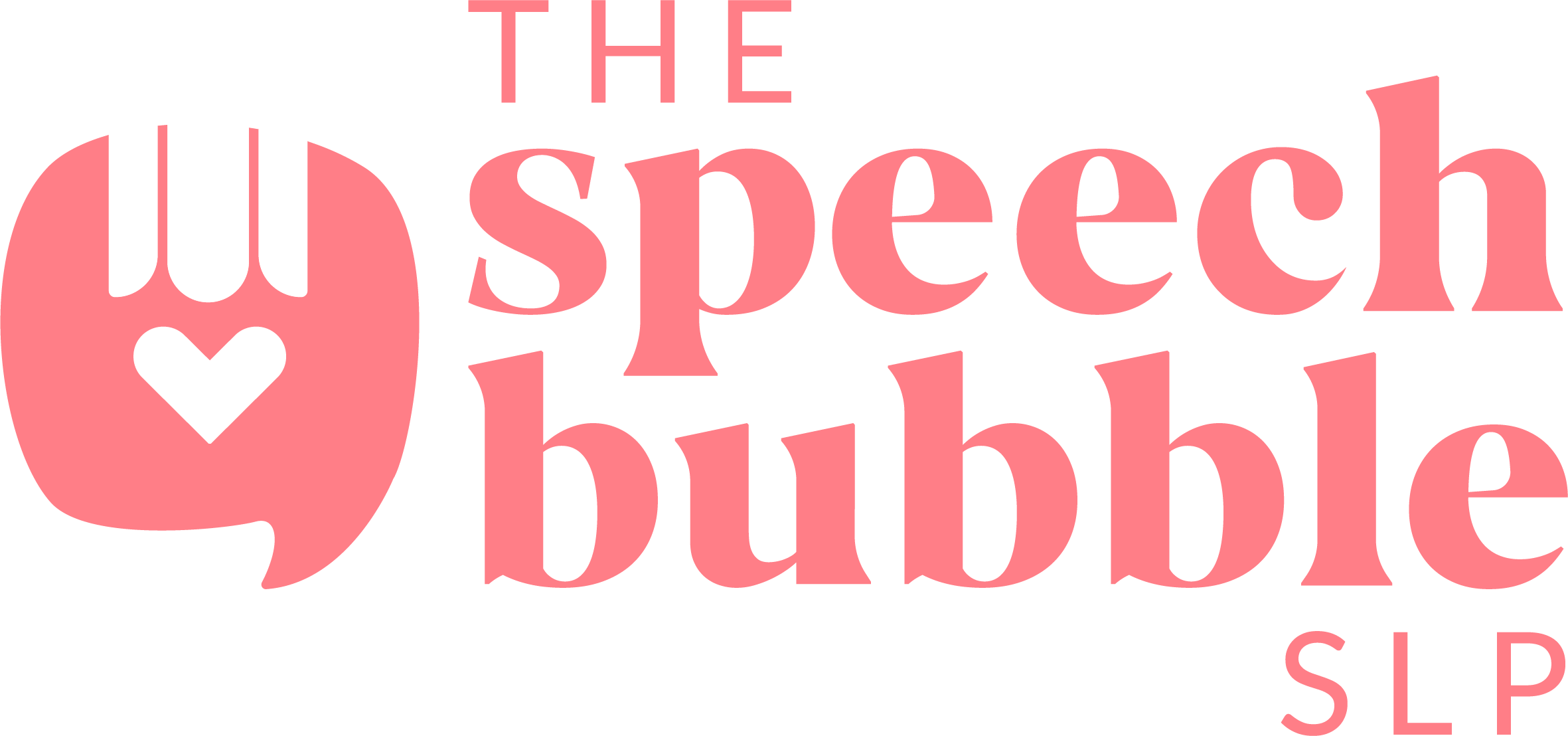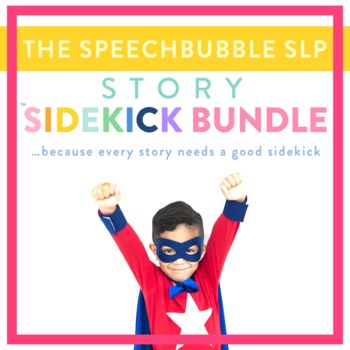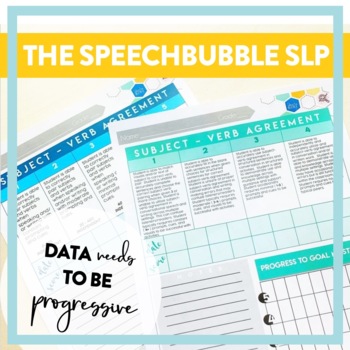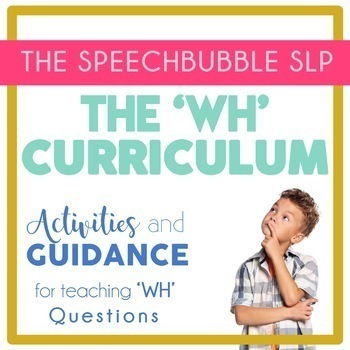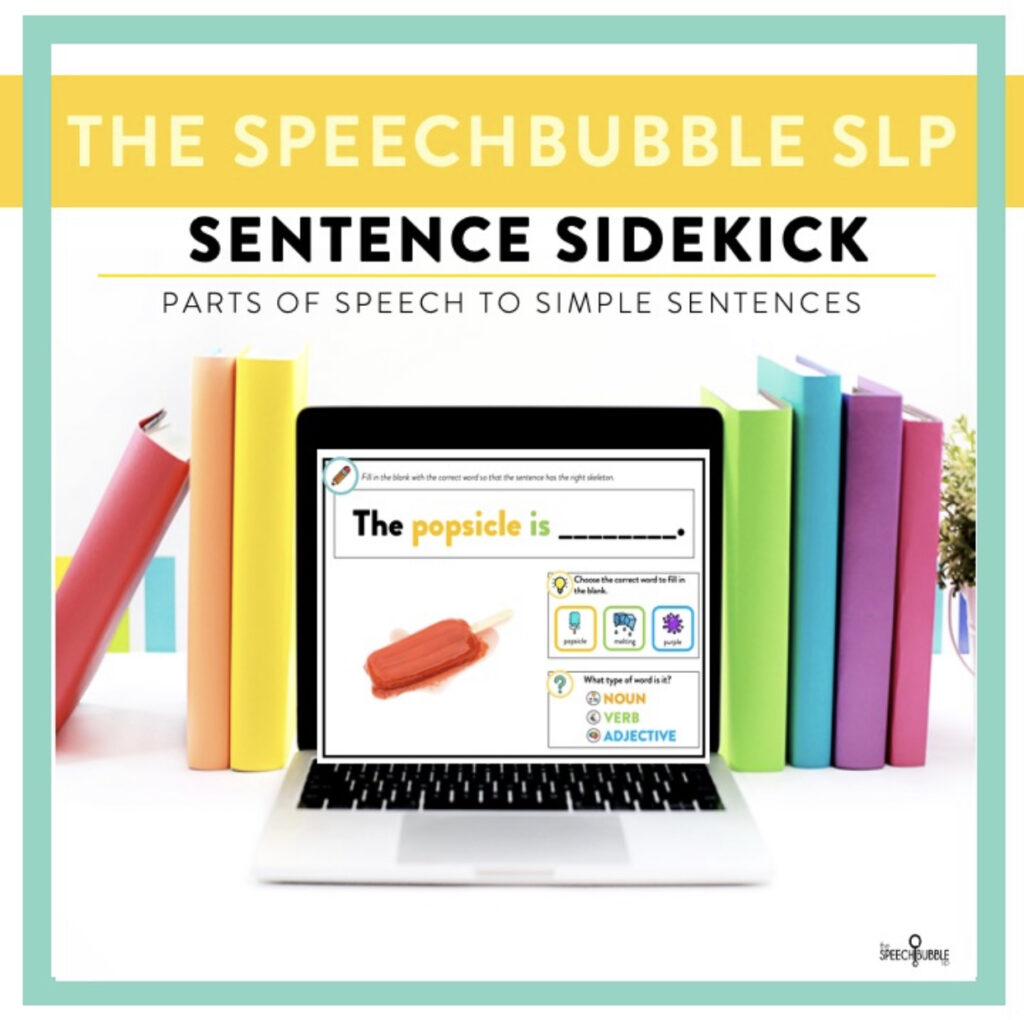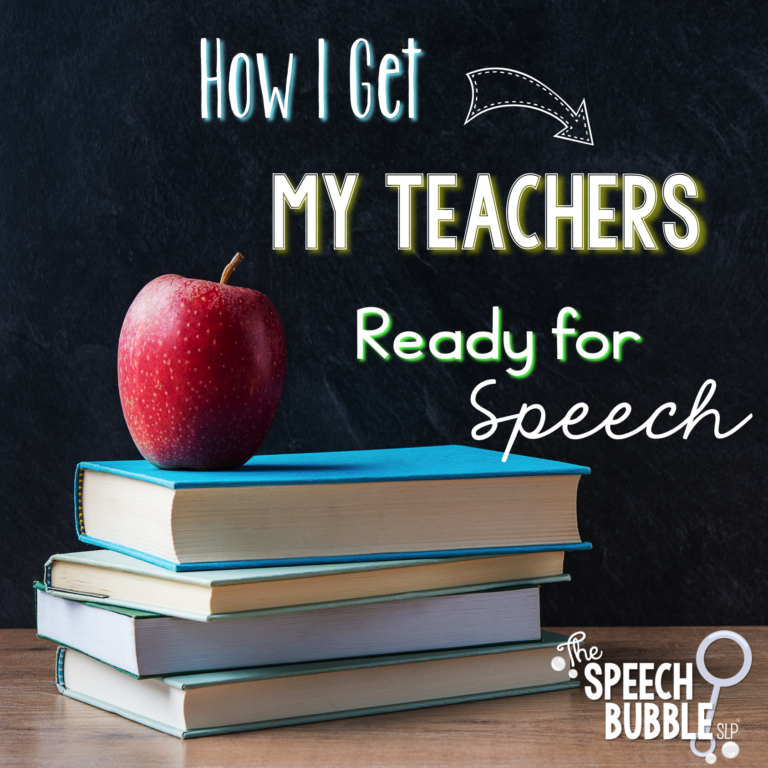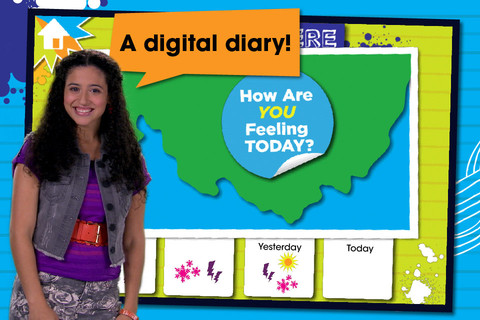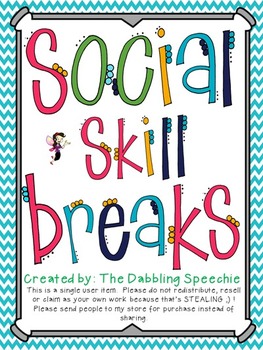This year I have some friends working on making expected/appropriate comments. You see, their internal filter was really off and they said just about anything that came to mind, go or bad. You can imagine the challenges that this brought up with their classmates. I had tried a few things, watching you tube clips and videos on commenting, etc. but *sigh*, not much progress. I needed something more structured and concrete. Introducing, Making Comments and the Comment Filter!

There are 15 worksheets in this packet. Each worksheet break down commenting by first giving kids a short scenario and then having students choose the expected/appropriate comments from as set. After that, they can create their own comments for that scenario. I like to introduce commenting by teaching my kids that comments should be nice and/or helpful. If what they want to say doesn’t fit into either of these groups then they really need to think if it is something that they should share. Yes, I know not all comments are nice or helpful, but my students tend to offend their peers much more than provide that helpful feedback so I want help them start to differentiate between helpful comments and critical comments.
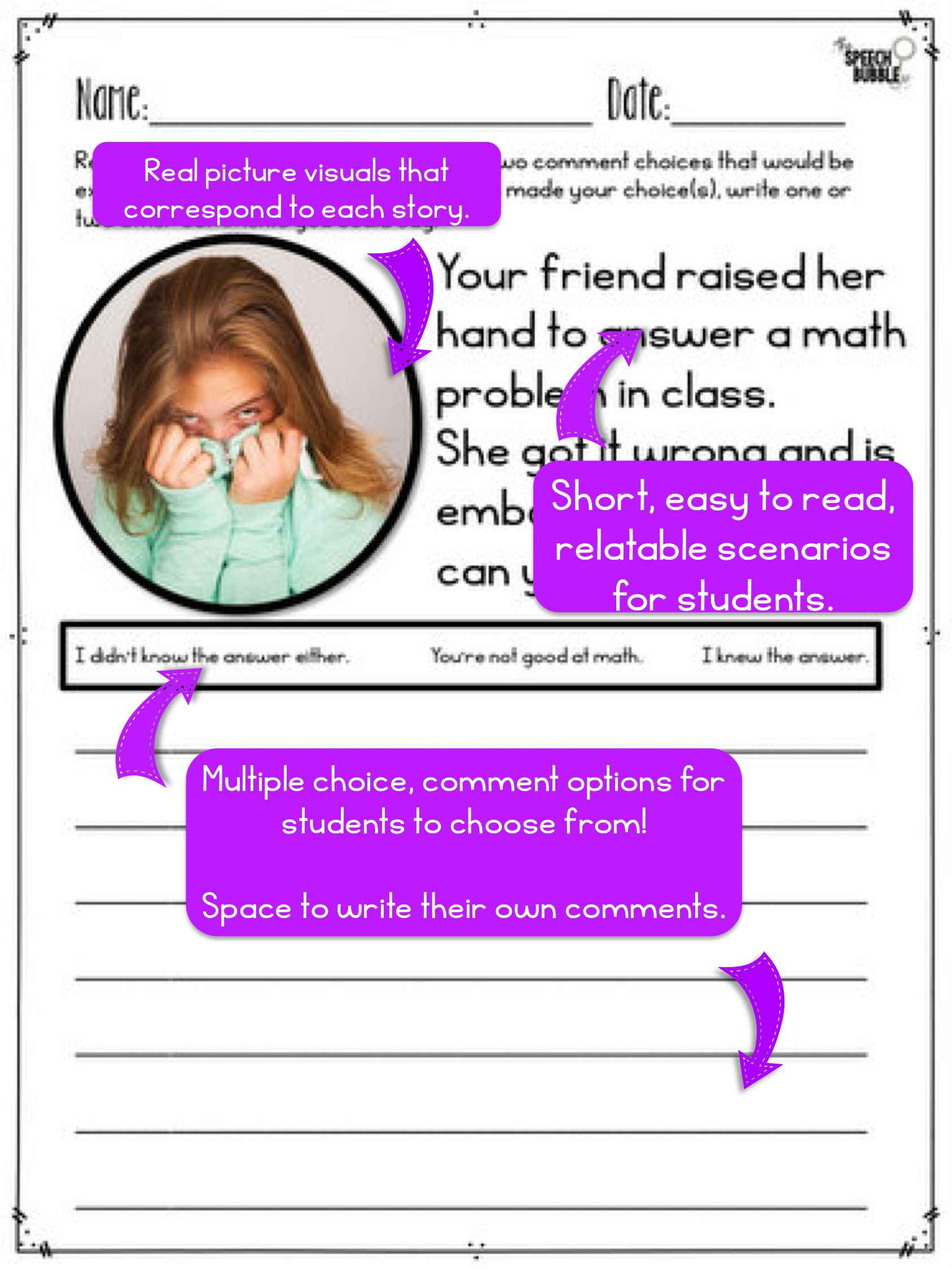
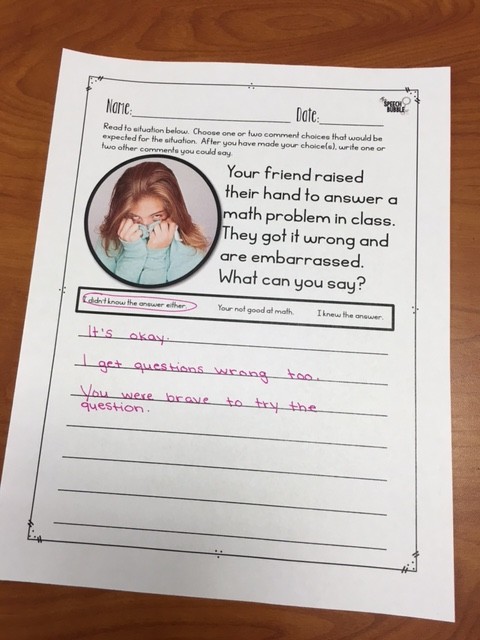
There are also visuals that relate to each story to help provide more context for the students who may need it. Bonus about this activity, it’s No Prep!
You can see more pictures and download this activity at my TpT store HERE.
[fac_icon icon=”comment” color=”#eabbd1″ color_hover=”#eabbd1″ font_size=”58px”]
Now, onto the comment filter. This is a quick and easy little check list that I walk my kids through when we are learning what we can say out loud and what we should keep in our heads.
If they make a comment we run it through our Comment Filter. So, I write this on the board until my kids can learn it and use it themselves. They must ask themselves if what they want to say is:
-
Kind
-
Helpful
-
On Topic
What they want to say has to get at least a 2 out of 3. If it doesn’t it stays in their head. Now we know not all comments can or should be positive. We are allowed to express when we don’t like something but I find this is a good base to build from as kids are getting the hang of this whole commenting thing.

